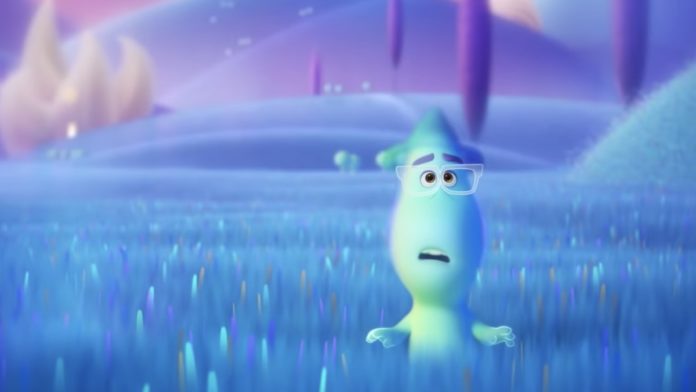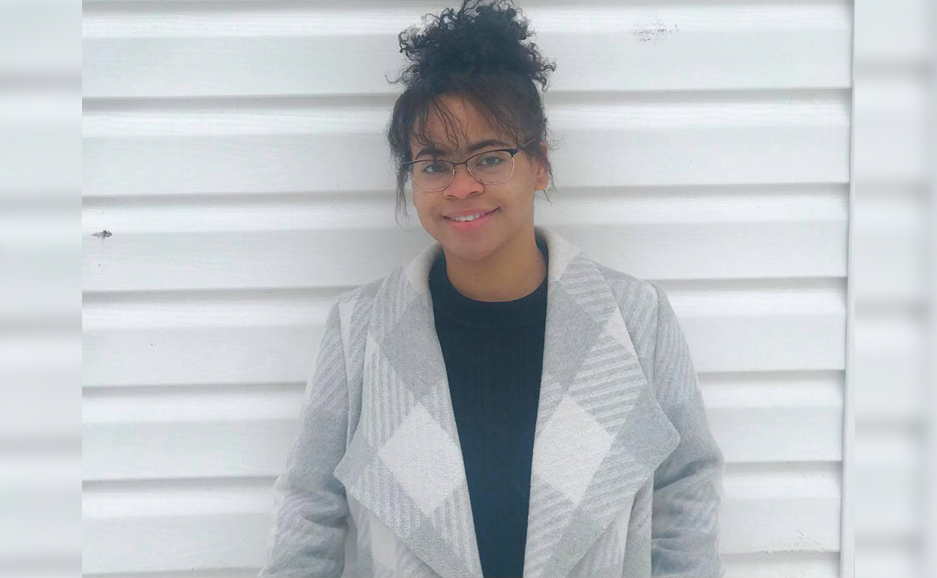
Pixar’s latest animated film Soul received praise from critics and audiences after it debuted on Disney Plus on Dec. 25. Soul has a critic score of 95 per cent on Rotten Tomatoes and has a mostly-Black cast headlined by Jamie Foxx.
While the main character is a Black man, he’s not human for the majority of the run-time. For much of the film, he’s either an ominous being of the afterlife or a cat.
Dorcas Tshimenga, a fourth-year St. Thomas University student, said she has refused to watch the film for that reason.
“For more than half of the movie, you don’t see Black representation. You see this animal-like figure,” said Tshimenga. “It just goes on to feed into the dehumanization of Black people.”
Tshimenga is studying political science and human rights at STU. Growing up as a Black girl, she said she was raised on Disney. When she got older, she started noticing the stereotypical depictions of BIPOC characters in movies and television.

Tshimenga said she noticed some villains were drawn with darker skin and had foreign accents while the protagonists were lighter-skinned and spoke with American accents. Or in some family TV shows, a Black woman played the loud, funny best friend.
She said watching these shows and movies that are directed at kids influenced how she saw the world.
“They had a big influence on how I viewed other races and how I view myself, especially being part of the BIPOC community,” said Tshimenga.
She said the rise of the Black Lives Matter movement resulted in some companies attempting to distance themselves from their potentially problematic past. Tshimenga said some studios throw in one BIPOC character and call it representation.
“They’ll say ‘that was the past’ or ‘that’s not who we are now,’” said Tshimenga. “I think if you believe in that, you’re falling for the scheme.”
These subtle tropes of BIPOC people in media can be traced back to old stereotypes. Sabine LeBel, assistant film professor at the University of New Brunswick, said older films like Birth of a Nation contributed to the stereotypes of Black people being animalistic.
The film chronicles the story following the assassination of Abraham Lincoln and the reconstruction of the American South after the Civil War from the perspective of two families. One, a pro-Union northern family and the other, a pro-Confederate southern family.

LeBel specializes in queer and feminist media. She said Birth of a Nation is held up in film history as the first narrative film in terms of using camera shots to tell the story. Released in 1915, the movie used film techniques commonly used today like close-up shots and tracking shots. The film is also criticized for its heroic depiction of the Ku Klux Klan, a notorious hate group in the United States.
LeBel said Birth of a Nation depicts a Black man frightening a white woman and paints Black people as animalistic.
“That is very much a stereotypical history of ways in which Black men, in particular, are represented as oversexualized [and] this threat to white femininity,” said LeBel.
LeBel said Black feminist and anti-racist scholars said that stereotype was founded on this myth, which comes from slavery, and this movie. She said that these stereotypes of writing BIPOC characters are also lazy writing.
“It’s people not taking the time to do that work,” said LeBel. “That is frustrating for me.”
When Disney released The Princess and the Frog in 2009, Princess Tiana became the first Black Disney princess. Shannon Gumbs, a fourth-year international STU student, said when she first saw the movie, she was excited to see a princess that looked like her. As she got older, Gumbs said she realized the only Black princess was a frog for a majority of the film.

Gumbs is from Jamaica but came to Fredericton to study criminology and human rights. She completed her credit hours in December and will be graduating this spring. She said in movies like The Princess and the Frog, the characters have more struggle than reward compared to other movies.
“Why did they have to go through all of this?” said Gumbs. “Disney is my thing … it made it seem like [Tiana] she was less of a princess.”
When the conversation of BIPOC representation is discussed, Gumbs said not all representation is good representation. She said she wants BIPOC people and Hollywood to be in a place where she doesn’t need to point out a BIPOC character.
Gumbs said some of the representation going on in Hollywood is superficial. She said she understood both sides of the argument of making a historically white character Black like in the upcoming live-action The Little Mermaid. But Gumbs said she asked herself why they need to change the character.
“Make more characters instead of changing the old ones,” said Gumbs. “You can’t have too many movies.”
